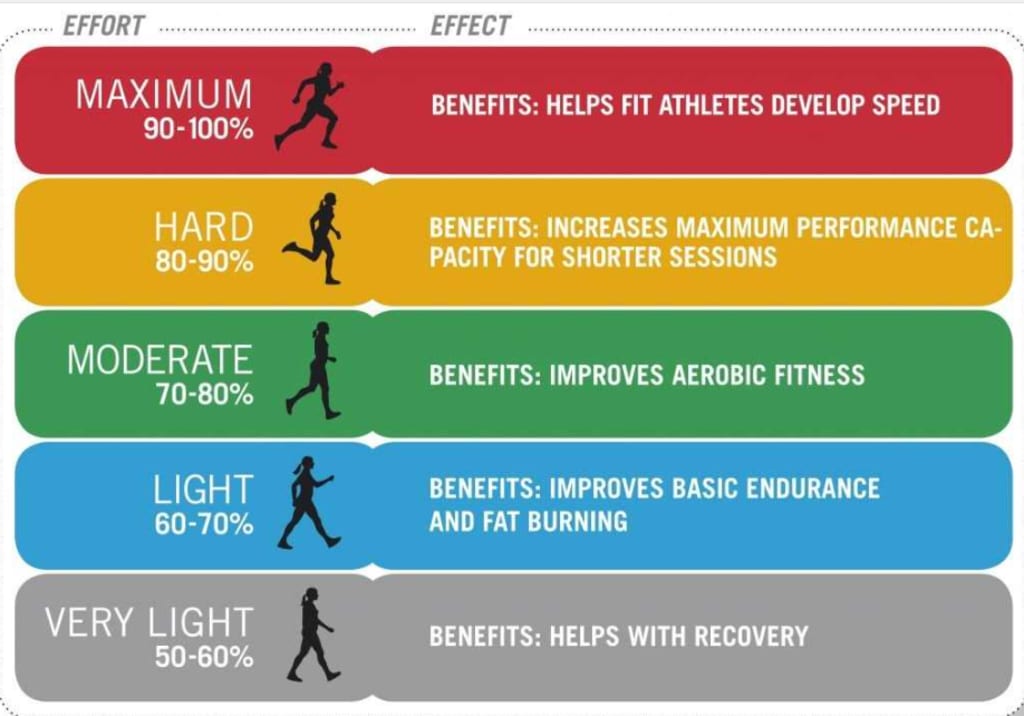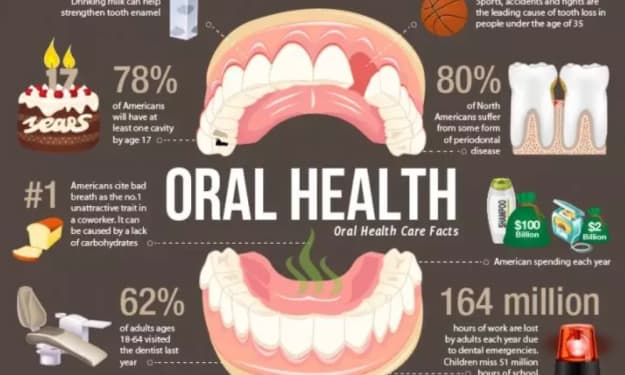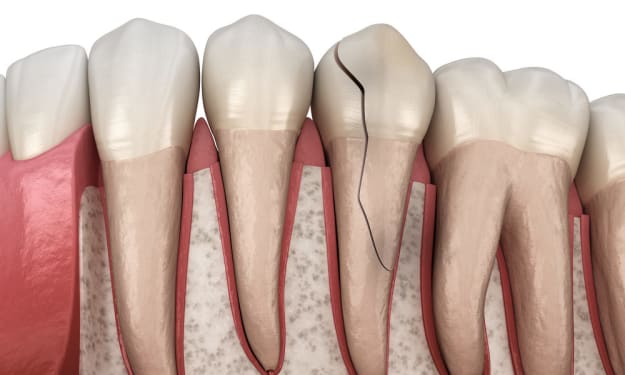What is the fat-burning zone?
How do you get into fat-burning state?

## What is the Fat-Burning Zone?
In the quest for weight loss and a healthier body, you've probably encountered the term "fat-burning zone." It sounds like a magical state where your body efficiently burns fat, leading to rapid weight loss. But what exactly is the fat-burning zone, and how does it work? Let's dive into the science behind this popular fitness concept.
### Understanding the Fat-Burning Zone
The fat-burning zone refers to a specific heart rate range where your body is purported to burn the highest percentage of calories from fat. This idea stems from the way our bodies utilize different energy sources during exercise. At lower intensity levels, a larger proportion of the energy you use comes from fat. As exercise intensity increases, the body shifts to burning a higher percentage of carbohydrates (glycogen) because they provide a quicker source of energy.
### The Science Behind It
To understand this better, let’s look at how your body’s energy systems work:
- **Low-Intensity Exercise**: When you're engaged in activities like walking, light jogging, or leisurely cycling, your heart rate remains relatively low. During these activities, fat is a primary source of fuel. Fat oxidation, the process of breaking down fat molecules to produce energy, is more efficient at these lower intensities.
- **High-Intensity Exercise**: As you increase the intensity of your workout, your body needs energy faster and switches to burning more carbohydrates. This happens because carbohydrates are easier for the body to break down quickly, providing a rapid source of energy for intense activities like sprinting or high-intensity interval training (HIIT).
The fat-burning zone is typically calculated as 60-70% of your maximum heart rate. To estimate your maximum heart rate, you can use the formula: 220 minus your age. For example, if you’re 30 years old, your estimated maximum heart rate is 190 beats per minute (bpm). Thus, your fat-burning zone would be around 114-133 bpm.
### Is the Fat-Burning Zone the Best for Weight Loss?
While exercising in the fat-burning zone does burn a higher percentage of calories from fat, this doesn’t necessarily mean it’s the most effective way to lose weight. Here’s why:
- **Total Calorie Burn**: Weight loss ultimately comes down to burning more calories than you consume. Higher-intensity exercises might burn fewer calories from fat proportionally but can burn more total calories in a shorter amount of time. This can lead to greater overall fat loss.
- **Afterburn Effect**: High-intensity exercises increase your metabolic rate even after you've finished exercising. This post-exercise oxygen consumption (EPOC) means you continue to burn calories at an elevated rate for hours after your workout.
- **Fitness and Muscle Gain**: High-intensity workouts can also help build and maintain muscle, which boosts your metabolism. Muscle tissue burns more calories at rest compared to fat tissue, aiding long-term weight management.
### Incorporating the Fat-Burning Zone into Your Routine
The fat-burning zone isn't a one-size-fits-all approach. It can be part of a balanced exercise routine that includes various intensities and types of workouts. Here’s how you can integrate it effectively:
- **Mix It Up**: Combine low-intensity exercises, like brisk walking or light jogging, with higher-intensity workouts. This variety keeps your exercise routine engaging and maximizes both calorie burn and cardiovascular benefits.
- **Listen to Your Body**: Pay attention to how your body feels at different heart rates. Use heart rate monitors or fitness trackers to find your ideal intensity levels.
- **Focus on Consistency**: Regular exercise, regardless of intensity, is crucial for sustained weight loss and overall health. Find activities you enjoy and can maintain over the long term.
- **Balanced Diet**: Pair your exercise routine with a balanced diet. Nutritional choices play a significant role in weight management and overall health.
### Conclusion
The fat-burning zone is a useful concept, particularly for those new to exercise or looking to build a consistent fitness habit. However, for effective weight loss and improved fitness, incorporating a variety of exercises at different intensities is key. Remember, the best workout is one that you enjoy and can stick with. Keep moving, stay motivated, and find what works best for you in your journey to a healthier you.
-## How Do You Get Into a Fat-Burning State?
When it comes to losing weight and getting fit, many people focus on achieving a "fat-burning state" — a condition where the body primarily uses fat as its main source of fuel. But what exactly is a fat-burning state, and how can you get there? Let’s explore the science and practical steps you can take to shift your body into burning fat efficiently.
### What is a Fat-Burning State?
A fat-burning state occurs when your body prefers to use fat as its primary energy source instead of carbohydrates. Typically, this happens during low to moderate-intensity activities, where the demand for quick energy is lower, allowing the body to oxidize fat more efficiently.
The concept is often associated with achieving and maintaining a lower heart rate during exercise, but it’s also influenced by diet, metabolism, and overall lifestyle.
### Key Strategies to Enter a Fat-Burning State
1. **Exercise at the Right Intensity**
- **Moderate-Intensity Cardio**: Engage in activities like brisk walking, jogging, cycling, or swimming at a steady pace. This type of exercise is effective because it keeps your heart rate in the fat-burning zone, usually 60-70% of your maximum heart rate.
- **Interval Training**: Incorporate high-intensity intervals with lower intensity recovery periods. This combination can boost your metabolism and increase fat oxidation even after your workout is done.
2. **Optimize Your Diet**
- **Low-Carb, High-Fat Diets**: Diets like the ketogenic diet, which are low in carbohydrates and high in healthy fats, encourage the body to enter a state called ketosis. In ketosis, the body breaks down fats into ketones, which are used for energy instead of glucose.
- **Balanced Nutrition**: Ensure you’re eating a mix of proteins, healthy fats, and low-glycemic-index carbohydrates. This balance helps stabilize blood sugar levels and supports sustained energy use from fat stores.
3. **Time Your Eating**
- **Intermittent Fasting**: This approach involves cycling between periods of eating and fasting. During fasting, insulin levels drop, which can help the body access stored fat for energy more effectively.
- **Avoid Late-Night Eating**: Eating late at night can disrupt your body’s ability to burn fat. Try to finish your last meal a few hours before bedtime to allow your body to enter a fasting state overnight.
4. **Stay Hydrated**
- Drinking enough water is crucial for fat metabolism. Dehydration can slow down your metabolic rate and impair your body’s ability to burn fat efficiently. Aim for at least 8 glasses of water a day, more if you’re active.
5. **Get Adequate Sleep**
- Poor sleep can disrupt your hormones and metabolism, making it harder for your body to burn fat. Aim for 7-9 hours of quality sleep each night to support your fat-burning efforts.
6. **Strength Training**
- Building muscle through strength training increases your resting metabolic rate. Muscle tissue burns more calories at rest than fat tissue, which helps your body burn more fat over time.
7. **Reduce Stress**
- High stress levels increase cortisol, a hormone that can promote fat storage, especially in the abdominal area. Practices like mindfulness, yoga, or meditation can help manage stress and support your fat-burning goals.
### Monitoring Your Progress
1. **Track Your Heart Rate**
- Use a heart rate monitor or a fitness tracker to keep your heart rate in the fat-burning zone during exercise. This helps ensure you’re working at the optimal intensity for fat metabolism.
2. **Measure Your Body Composition**
- Rather than just focusing on the scale, measure your body fat percentage and muscle mass. This provides a clearer picture of how your body is changing as you lose fat and gain muscle.
3. **Monitor Ketone Levels**
- If you’re following a ketogenic diet, you can use ketone strips or a ketone meter to check if you’re in ketosis, indicating that your body is burning fat for fuel.DuoTrim Reviews
### Conclusion
Getting into a fat-burning state is a multifaceted process that involves more than just exercising in a particular heart rate zone. It requires a combination of strategic exercise, optimized nutrition, proper hydration, adequate sleep, and stress management. By integrating these elements into your lifestyle, you can enhance your body’s ability to burn fat efficiently and achieve your weight loss and fitness goals.
About the Creator
peter
Content about cars, motorbikes, technology, news
Enjoyed the story? Support the Creator.
Subscribe for free to receive all their stories in your feed.






Comments
There are no comments for this story
Be the first to respond and start the conversation.